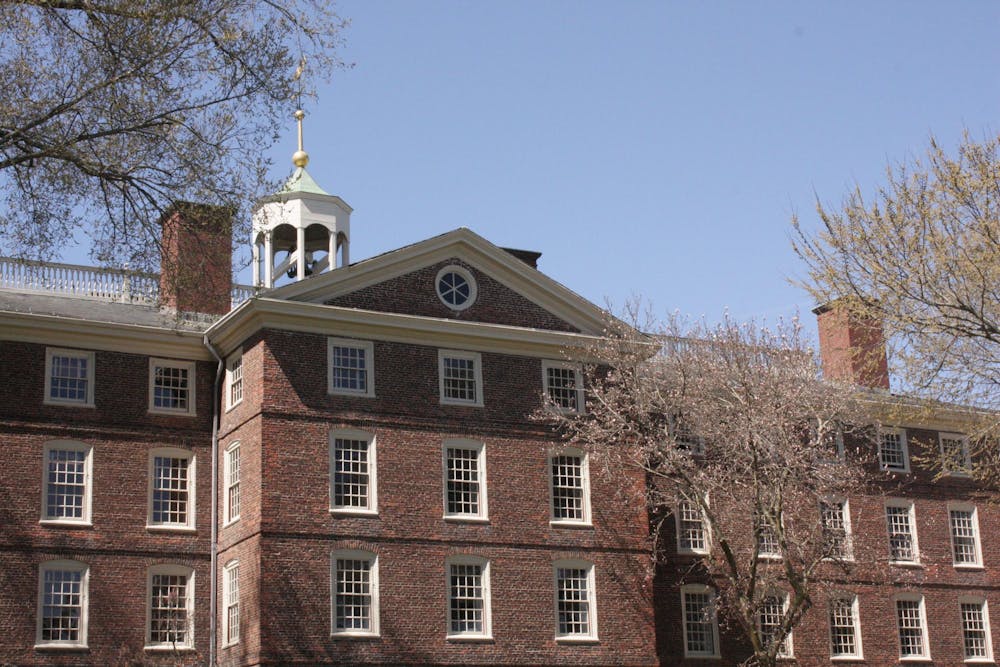In a Herald poll of incoming first years, the share of Black students in Brown University’s class of 2028 decreased by nearly one half compared to last year, while the percentage of Hispanic respondents declined by one-third.
The poll, which gathered responses from 43% of the incoming first-year class, is an early sign of a less diverse cohort. The class of 2028 is the first class admitted since the Supreme Court restricted race-based affirmative action at higher education institutions nationwide.
The data also shows a marked increase in the percentage of Asian students. The percentage of white students remained relatively unchanged.
Other characteristics of the incoming class, according to the poll, were similar to The Herald’s findings for the class of 2027 in last year’s poll of first-years, such as the percentage of LGBTQ+ students, first-generation students and those on financial aid.
University Spokesperson Brian Clark told The Herald that “Brown expects to update its campus community on the composition of its incoming class as its academic year gets underway.”
In recent days, peer Ivy League institutions have released racial breakdowns of the first year class that show relatively stable percentages of Black and Hispanic students. But other institutions, including MIT and Amherst, have seen similar decreases in their Black and Hispanic student population.
Following the Supreme Court’s decision, President Christina Paxson P’19 P’MD’20 said that “Brown is and will remain firmly committed to advancing the diversity that is central to achieving the highest standards of academic excellence and preparing our students to grow and lead in a complex world.”
In the months following the ruling, the Office of Admission implemented targeted recruitment practices to attempt to recruit a more diverse applicant cohort.
The University also created an Ad Hoc Committee on Admissions policies “to assess its admissions policies to ensure the University is fully realizing its educational mission and upholding its commitments to academic excellence, equity, access and diversity.” The body considered changes to the early decision application round, test-optional policies and preferences for applicants with familial connections to Brown.
The committee recommended the implementation of a test-required policy and left the early decision applications and preferences for familial connections untouched.
Editors’ Note: The Herald’s First Year Poll was conducted by Owen Dahlkamp, Ryan Doherty, Tom Li, Megan Chan, Claire Song and Talia LeVine and included 738 responses, or around 43% of the incoming undergraduate class of 2028. The poll was sent to all eligible students via email and was open from Aug. 13 to 19.

Owen Dahlkamp is the managing editor of newsroom on The Herald's 135th Editorial Board, overseeing the paper's news operations. Hailing from San Diego, CA, he is concentrating in Political Science and Cognitive Neuroscience with an interest in data analytics. In his free time, you can find him making spreadsheets at Coffee Exchange.





